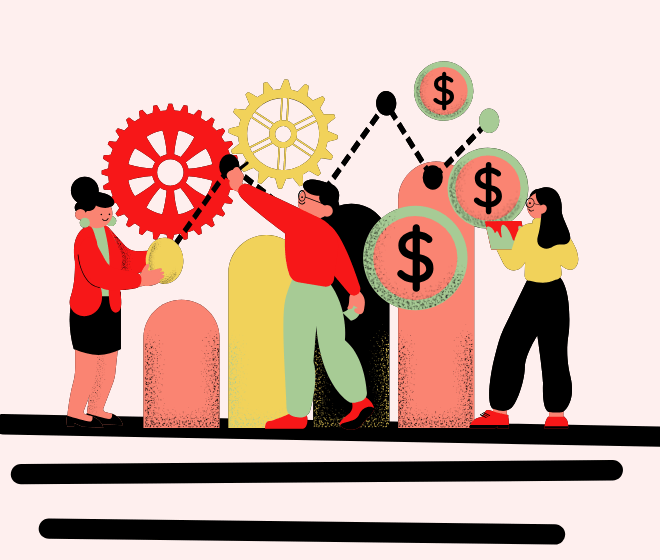Closing a big deal should be a moment of triumph, but for many enterprise salespeople, it’s a moment of dread. While the entire company celebrates, the salesperson is already thinking, “What’s next?” This is a brutal paradox that can kill their passion if founders don’t step in to help.
The Unspoken Struggle
After the euphoria of a win, a cold reality sets in. The salesperson’s internal high is quickly replaced by the pressure of the next, even bigger goal. Their quota has likely increased, and they feel they must outperform themselves just to maintain their credibility. Meanwhile, the rest of the company moves on to implementation and delivery. The salesperson’s biggest victory is already yesterday’s news, leaving them feeling isolated with a daunting new challenge.
How Salespeople Can Structure Their Pipeline
A major win can leave a gaping hole in a salesperson’s pipeline, causing anxiety and a scramble for new leads. To avoid this, salespeople should proactively manage their pipeline as a continuous, living system, not a collection of one-off opportunities.
Here’s how enterprise salespeople can structure their pipelines to maintain balance and momentum:
| DEAL TYPE | DESCRIPTION | PURPOSE |
| Big Deals | 1-2 major accounts with long sales cycles (6-12+ months) and high revenue potential. These are the “whales” that define a quarter or a year. | To hit major revenue targets and establish company credibility in the market. |
| Mid-Size Deals | 3-5 deals with medium sales cycles (3-6 months) and a solid, consistent revenue stream. They require significant effort but provide more reliable wins. | To provide consistent revenue, fill the gap between big deals, and maintain sales momentum. |
| Small Deals | 10-15+ smaller deals with short sales cycles (1-3 months). These are often quick wins that provide immediate gratification and revenue. | To keep the pipeline active, provide a sense of continuous progress, and offer a steady base of income. |
This tiered approach ensures there’s always activity and a new win on the horizon, preventing the “empty pipeline” feeling. Salespeople should dedicate time each week to prospecting for new opportunities, even when a major deal is in the final stages.
How Founders Can Help Build Structure
Founders have a crucial role to play in helping their sales team adopt this strategic mindset. Their job is to show that a salesperson’s value extends beyond a single signature.
- Implement Tiered Incentives: Structure commissions to reward a balanced pipeline. While big deals get a higher percentage, incentivize hitting targets for medium and small deals. This encourages a healthier mix of opportunities.
- Provide Tools for Pipeline Management: Invest in CRM and analytics tools that give salespeople a clear, visual overview of their pipeline health. Help them understand their sales velocity and identify potential gaps before they become a problem.
- Connect Them to the Customer’s Success: Once the deal is done, keep the salesperson involved. Let them see the positive impact their work has on the client. This connects their efforts to real-world outcomes and provides a deeper, more sustainable source of motivation.
By proactively addressing the mental and emotional strain of the sales cycle, founders can build a resilient team that stays motivated and passionate, even after the big wins.



